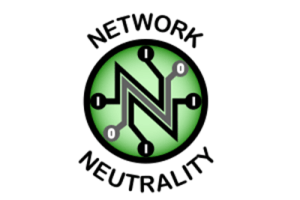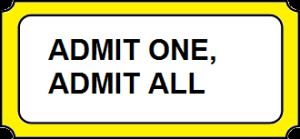Two Worlds: Open Internet for Native America
 Last Thursday, March 12, 2015, the Federal Communications Commission released the Open Internet Order in wake of the commission’s decision to regulate broadband Internet service as a public utility. While the new rules are detailed in some 400 pages of the Open Internet Order, according to the FCC the “…rules are designed to protect free expression and innovation on the Internet and promote investment in the nation’s broadband networks.”
Last Thursday, March 12, 2015, the Federal Communications Commission released the Open Internet Order in wake of the commission’s decision to regulate broadband Internet service as a public utility. While the new rules are detailed in some 400 pages of the Open Internet Order, according to the FCC the “…rules are designed to protect free expression and innovation on the Internet and promote investment in the nation’s broadband networks.”
Regulating both fixed and mobile broadband service establishes an equal playing field where innovators can innovate, investors can invest, and consumers have choice and freedom. The three “Bright Line Rules” for an open Internet summarize that broadband providers cannot:
- Block any legal content
- Negatively affect any legal content
- Give priority to certain kinds of legal Internet traffic or content “…in exchange for consideration of any kind…”
 Undoubtedly, the Open Internet Order is a monumental victory for net neutrality. Equally important is what the FCC’s new ruling will mean for Indian country. An open Internet presents unlimited opportunity and possibility for rural Native American and other communities. The open Internet provides the means to build nations and economies, and they can do so while supporting green trends.
Undoubtedly, the Open Internet Order is a monumental victory for net neutrality. Equally important is what the FCC’s new ruling will mean for Indian country. An open Internet presents unlimited opportunity and possibility for rural Native American and other communities. The open Internet provides the means to build nations and economies, and they can do so while supporting green trends.
For example, one can earn a college degree from a leading university without ever leaving their community. A person can start an international business without stepping outside their home. Native languages can be preserved. American Indian musicians can publish their music to iTunes. Indigenous filmmakers can share their visions on YouTube. Tribal leaders can address issues in their communities through online crowd-funding.
Yet, none of this will happen without broadband/Internet access. While availability and advances in broadband technology redefine life across the United States, isolated Native American communities struggle to simply get online. What Internet may be available in rural communities is often slow and costly. On reservations with high rates of unemployment, paying for Internet access and computers may not be an option. Perhaps the new Open Internet Order will ensure equitable access by combining faster speeds with cheaper prices in Indian country, but that remains to be seen.
In the meantime, what does the FCC’s Open Internet Order mean to you? And, how do you think it will make a difference in Native American or other rural communities?


One Comment
Free internet facility is the wish of everyone. But Native America has resolved this issue by promoting free internet access to its people. This facility would help in their daily work. So this good for American people